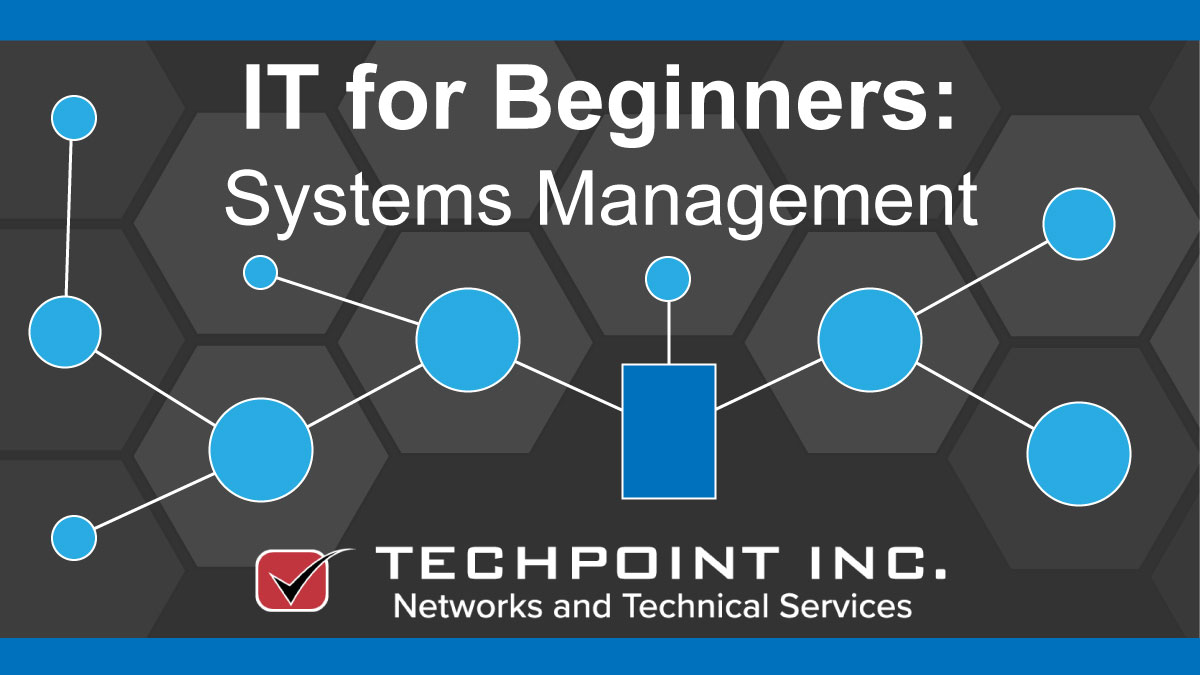To many businesses, especially small ones, the concept of systems management can be vague to say the least. So what is it?
Systems Management in a nutshell
Systems management is the process of management and administration of all of your networked systems, hardware, software, and users, across your whole enterprise from a central location, minimizing the effort involved in keeping those systems updated, secure, and trouble-free, and responding to user requests remotely where possible, and in a timely manner. Simple eh?
In theory yes. But the benefits vary greatly, depending on a number of variables, such as:
- the ability of the IT department or IT tech that administers the network
- the size of the network being administered
- the number of computers and users involved
- the scale of the network, and whether the network is purely local, or local and remote
- the complexity of operating system and software deployed on servers and computers
So for instance, a small company with a dozen computers, a server, and an tech-savvy user (acting as an IT admin) would not necessarily find a great deal of benefit in deploying a systems management strategy and solution, since in many cases it would be far easier for the admin person to walk to the server or computer system in question and make any adjustments manually, rather than learn a host of complex IT management tools, just to run an anti-virus update on a PC.
On the other hand, a large enterprise, with a head office and a dozen locations, it would make much more sense to deploy and use a systems management solution. More than likely, the head office would itself have a number of servers, lots of desktop computers, various software applications and a host of users to manage. And then there are the remote locations, some of which may not have a dedicated IT admin but would have their own servers, computers, and networks, so remote administration of those systems and users would be invaluable.
With this in mind, consider carefully whether or not to develop and deploy a systems management solution, since you may not always get the return-on-investment that you hope for.
Systems Management Tasks
In general systems management tasks can fall into these broad categories:
- Hardware management
- Server monitoring and management
- Network monitoring and management
- User administration
- Software management, install, upgrade, troubleshooting
- Antivirus and security software management
- Internet & bandwidth management
- Communications system management
Typical functions within these categories consist of monitoring usage of software, how much bandwidth of a server’s output or a network’s capability is being used, monitoring individual users and computers, running updates and upgrades, monitoring and managing server storage and computer space, and of of course, troubleshooting malfunctions and responding to the requests of individual users.
In regards to the administration software itself, Microsoft Windows Server does have a wide range of network management tools built in, as do many other server operating systems, such as Apple and Linux. A list of the biggest and most notable frameworks can be found here.
Contact TechPoint to find out if a systems management solution is right for your business.
